CALCITE
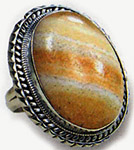 Characteristics of the mineral.
Characteristics of the mineral.
Calcite CaCO3 is one of the most common minerals on our planet, the base of limestone (Greek kals is lime), chalk and marble. Calcite is soft, it forms part of the corals, of which the Great Barrier Reef consists, which protects Australia's east coast from the destructive power of ocean waves. At the same time, calcite sometimes forms crystals, the shape of which is very diverse. The color of calcite varies from honey-yellow, orange, crimson and soft pink to lilac, brown, blue and even green. It occurs white, gray, pink, blue, yellow, green and even black (the color depends on impurities). Fine grained cinnabar makes calcite blood-red. Green, blue, and blue coloration of calcite is imparted by impurities of copper carbonates.
Amazed by the many facets of calcite. Its crystals are parallelepipeds, then pyramids, then balls, or like sheets of paper, petals of flowers. Thin-lamellar calcite crystals form druses and intergrowths resembling roses. Calcite creates wounds in caves: stalactites, stalagmites and branching formations in the form of corals - helectites.
Transparent species of calcite (optical calcite) in the place of the first finding is called Iceland spar. His crystals have an amazing ability to bifurcate images due to high birefringence. The rarest transparent calcite is Iceland spar. If you look through the crystal of Iceland spar on the image, it splits. The property of birefringence is inherent in many other minerals, but in calcite it is expressed most strongly. The world's largest deposit of Iceland spar in Russia, on the Lower Tunguska.
Magic properties of stones.
Crystals of calcite pyramidal form (the so-called skalenohedra) are used for meditation. To harmonize the whole body, it is recommended to use a scalenohedron in pair with a crystal of rock crystal. A transparent form of calcite - Iceland spar - is used to open the chakra (called the soul star). Calcite helps to cope with the increased nervous load and overcome the effects of stress. It is believed that calcite contributes to economic well-being.
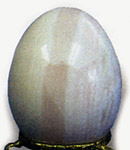
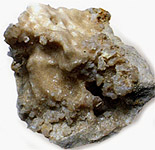

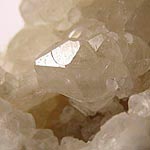
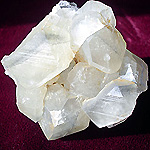
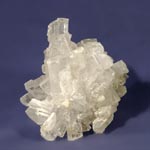

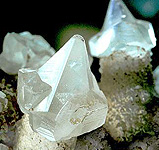
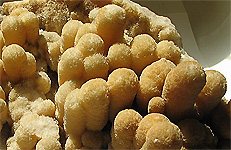
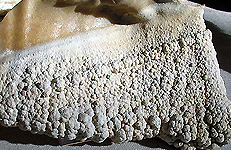


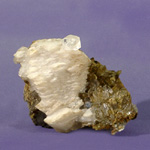
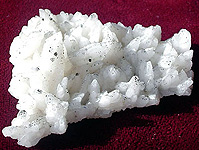

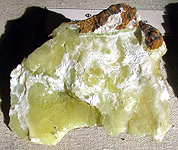
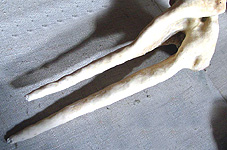
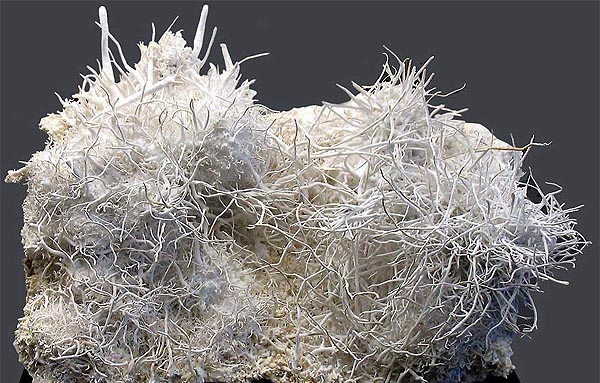
Poisonous and radioactive dangerous stones and minerals
** - poisonous stones and minerals (mandatory check in the chemical laboratory + explicit indication of toxicity).
** - radioactive stones and minerals (mandatory check on the standard dosimeter + ban on open sales in the case of radioactivity over 24 milli / g / h + additional measures of population protection).
All rare stones are subject to mandatory inspection at the standard dosimeter for the permissible level of radiation and in the chemical laboratory for the absence of poisonous and evaporating components that are dangerous to humans and the environment.


Comments
Commenting on, remember that the content and tone of your message can hurt the feelings of real people, show respect and tolerance to your interlocutors even if you do not share their opinion, your behavior in the conditions of freedom of expression and anonymity provided by the Internet, changes Not only virtual, but also the real world. All comments are hidden from the index, spam is controlled.